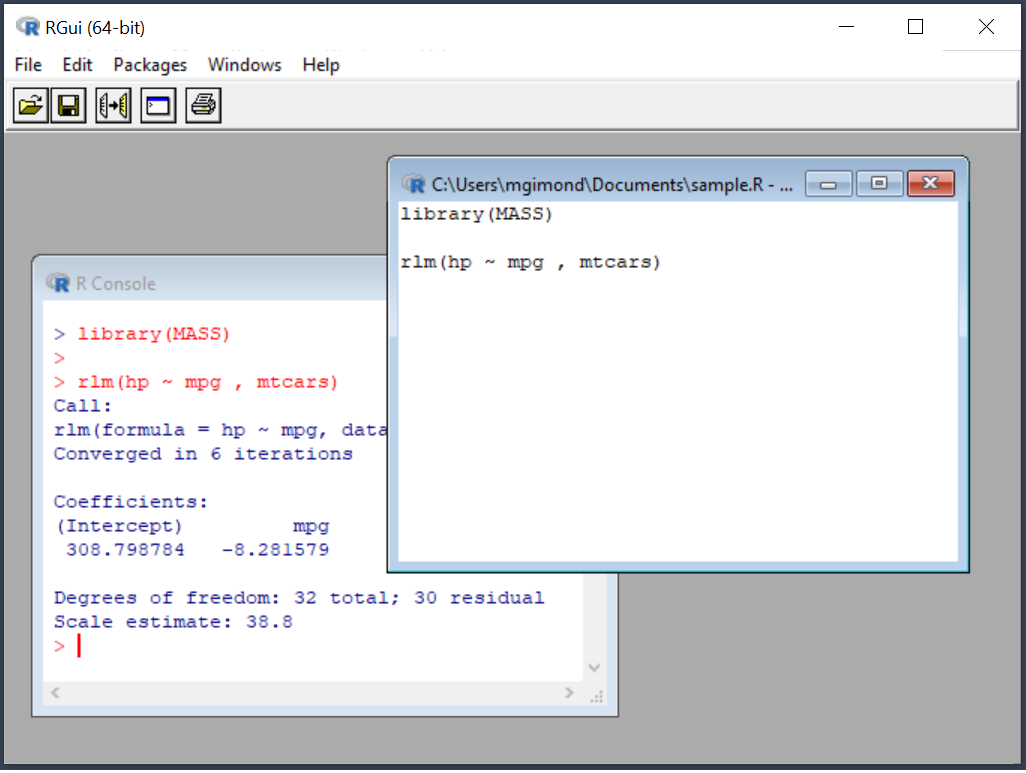
For example, two common encodings are Latin1 (aka ISO-8859-1, used for Western European languages) and Latin2 (aka ISO-8859-2, used for Eastern European languages). In the early days of computing there were many competing standards for encoding non-English characters, and to correctly interpret a string you needed to know both the values and the encoding. Things get more complicated for languages other than English.

READ.TABLE() R STUDIO FOR MAC CODE
ASCII does a great job of representing English characters, because it’s the American Standard Code for Information Interchange. The mapping from hexadecimal number to character is called the encoding, and in this case the encoding is called ASCII. The following sections describe these parsers in more detail.ĬharToRaw ( "Hadley" ) #> 48 61 64 6c 65 79Įach hexadecimal number represents a byte of information: 48 is H, 61 is a, and so on. These are the most complicatedīecause there are so many different ways of writing dates. Parse various date & time specifications. Parse_datetime(), parse_date(), and parse_time() allow you to Parse_factor() create factors, the data structure that R uses to representĬategorical variables with fixed and known values. One complication makes it quite important: character encodings. Parse_character() seems so simple that it shouldn’t be necessary. These are more complicated than you mightĮxpect because different parts of the world write numbers in different Parse_double() is a strict numeric parser, and parse_number() Parsers so I won’t describe them here further. There’s basically nothing that can go wrong with these Parse_logical() and parse_integer() parse logicals and integers There are eight particularly important parsers: Using parsers is mostly a matter of understanding what’s available and how they deal with different types of input. Problems ( x ) #> # A tibble: 2 x 4 #> row col expected actual #> #> 1 3 NA an integer abc #> 2 4 NA no trailing characters 123.45 The first argument to read_csv() is the most important: it’s the path to the file to read. Not only are csv files one of the most common forms of data storage, but once you understand read_csv(), you can easily apply your knowledge to all the other functions in readr.

For the rest of this chapter we’ll focus on read_csv(). These functions all have similar syntax: once you’ve mastered one, you can use the others with ease. Of read_log() and provides many more helpful tools.) Read_table() reads a common variation of fixed width files where columns Widths with fwf_widths() or their position with fwf_positions(). Read_tsv() reads tab delimited files, and read_delim() reads in files Separated files (common in countries where, is used as the decimal place), Read_csv() reads comma delimited files, read_csv2() reads semicolon Most of readr’s functions are concerned with turning flat files into data frames:


 0 kommentar(er)
0 kommentar(er)
